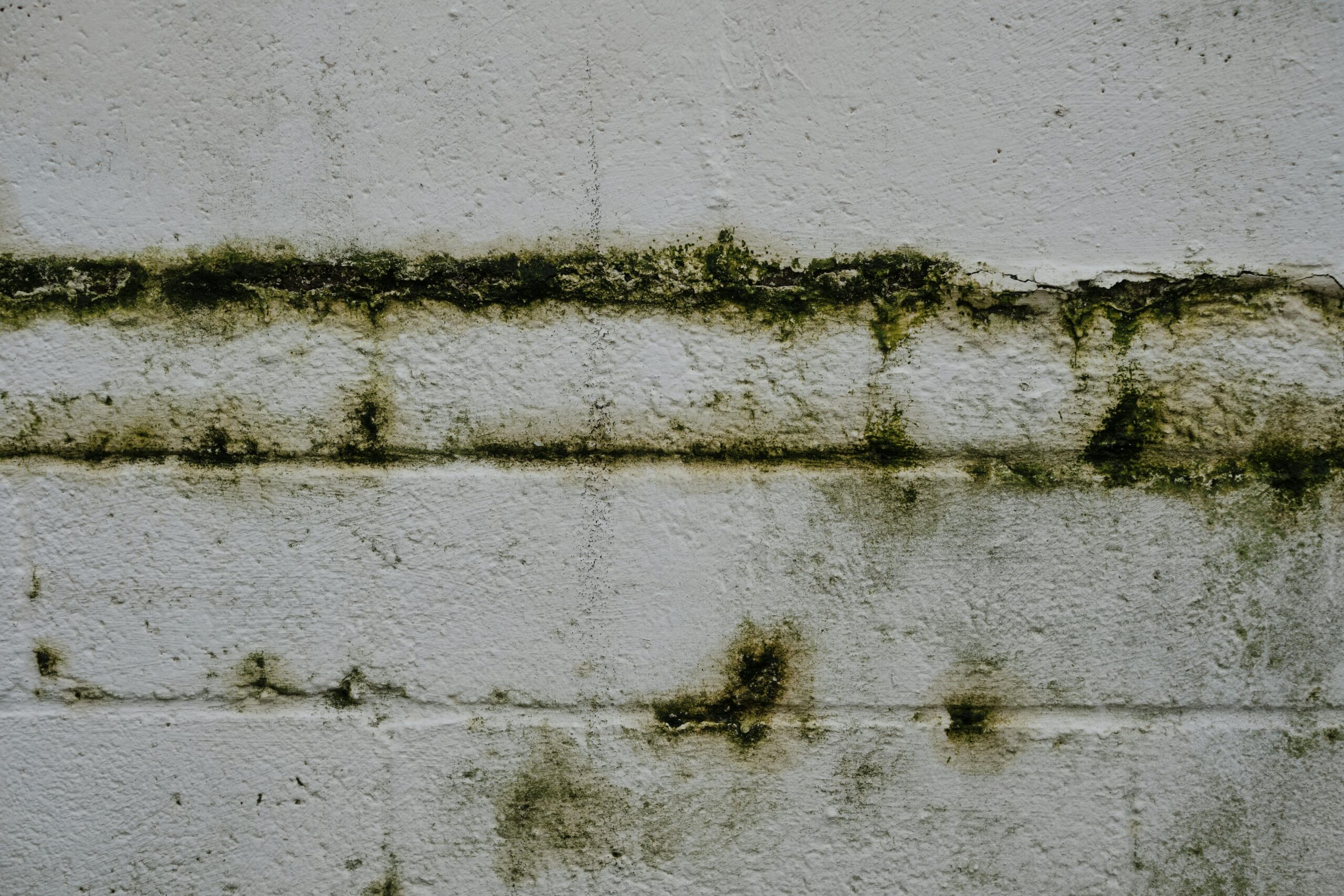Mold: a word that conjures images of decay, neglect and a property management nightmare. It’s more than just an unsightly blemish on your walls or ceilings; it’s a health hazard and a structural menace. Of all the problems that can go wrong and put your tenants at risk, mold has always been the biggest issue we face as property managers. In your home, mold thrives on moisture, spreading its spores through the air, unseen and often undetected until it becomes a major problem. Understanding the dangers of mold and learning how to proactively prevent it is crucial for maintaining a healthy, safe living environment for your tenants. Let’s delve into the risks mold poses and outline property maintenance strategies to keep it at bay.
The Hidden Dangers of Mold
Mold is not just a cosmetic issue. It’s a health hazard that can have serious implications for those living in the home. Here are some of the dangers posed by mold in the house and why it’s important to keep up with property maintenance:
Health Issues: Exposure to mold can cause a variety of health problems. For individuals with allergies, asthma, or compromised immune systems, mold can trigger allergic reactions, respiratory issues, and even more severe health complications. This can pose serious liability to you as an owner and you may be responsible for living accommodations or financial compensation to your tenant if the need to be relocated for mitigation.
Structural Damage: Mold can eat away at the structural integrity of your home. It feeds on organic materials like wood and drywall, leading to damage that can compromise the strength and safety of your home’s structure. It can often be unseen in the walls or under flooring. It’s important to remember that spills or leaks in the house may go unattended if your tenant does not alert the problem and tries to mitigate themselves. That is why as property managers, we foster effective communication with tenants and tell them we are here to help prevent the problem from being avoided.
Reduced Home Value: The presence of mold can significantly reduce the value of your home. It’s a red flag for potential buyers and can make selling your home more challenging and less profitable. If you are aware of mold in the home, you will need to disclose this information to potential buyers and neglecting to do so is a liability to the sale of your home. We also recommend mold inspection whenever you are purchasing a new property so that it does not become a future property management issue.
Proactive Prevention: Keeping Mold at Bay
Preventing mold requires diligence and a proactive approach to moisture control. Here are some strategies to keep your home mold-free:
Control Humidity Levels: Keep indoor humidity levels below 60%, using dehumidifiers if necessary. Ventilating your home well, especially areas like the kitchen and bathroom where moisture is more prevalent, can help maintain a healthy balance. As property managers we see tenants fail to communicate water condensation because it does not pose immediate risk to them, but rather becomes an issue over time for you.
Promptly Address Leaks: Water leaks, whether from a broken pipe or a leaky roof, provide the perfect breeding ground for mold. Fix leaks as soon as you discover them to prevent moisture from seeping into your home’s structure. This is where tenant communication becomes vital to the maintenance of your home.
Proper Ventilation: Ensure your home is adequately ventilated. Use exhaust fans in bathrooms, kitchens, and laundry rooms to vent moisture outside. Make sure your attic and crawl spaces are well-ventilated to prevent moisture accumulation. Even a broken seal in a window can produce enough condensation to cause problems that you may not be able to detect with the naked eye.
Regular Cleaning and Maintenance: Clean your home regularly, focusing on areas prone to moisture. Use mold-resistant products when possible, especially in bathrooms and kitchens. Regularly cleaning gutters and improving landscaping to ensure water flows away from your home can also prevent moisture intrusion.
Monitor and Maintain Your HVAC System: Your heating, ventilation, and air conditioning (HVAC) system can harbor and spread mold throughout your home. Regular maintenance and filter changes can prevent mold growth and improve indoor air quality. Most tenants are unaware that they need to change filters. That is why we do regular walk-throughs and change the filters for you.
Use Mold-Inhibiting Products: When painting or renovating, consider adding mold inhibitors to paints. Choose mold-resistant drywall and sheetrock, especially in areas prone to moisture, like bathrooms and basements.
Inspect and Clean Household Appliances: Regularly inspect and clean appliances that use water, like humidifiers, AC units, and washing machines, to prevent mold growth due to standing water. As property managers we recommend doing this with every turnover.
Mold in the home is a significant issue that requires awareness and proactive property management. By understanding the risks and implementing preventive measures, you can protect your tenant’s health and your home’s integrity. Regular maintenance, humidity control, and prompt attention to water leaks are key strategies in the fight against mold. Remember, the cost of prevention is always less than the cost of repair. As your property managers, rest assured, we keep mold at bay, and ensure your home remains safe and healthy for your tenants.

COMMENTS